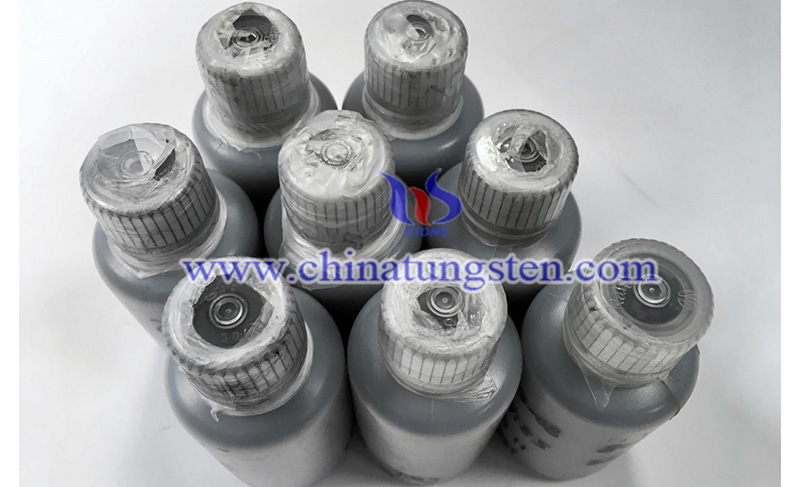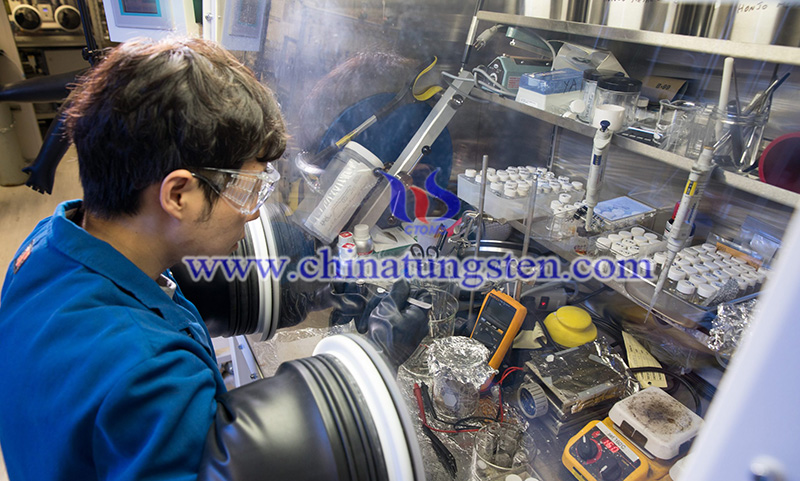Cobalt-Free Lithium-Ion Battery Reduces Costs Without Sacrificing Performance
- Details
- Category: Tungsten's News
- Published on Monday, 27 July 2020 20:24
To develop a cobalt-free lithium-ion battery, the University of Texas at Austin (UT) researchers replaced the cobalt element in the traditional lithium-ion battery with nickel, reducing costs without negatively impacting performance. As a relatively rare and precious heavy metal, cobalt plays a vital role in today's lithium batteries. However, researchers from the Cockrell School of Engineering at The University of Texas at Austin say they’ve cracked the code to a cobalt-free high-energy lithium-ion battery, eliminating the cobalt and opening the door to reducing the costs of producing batteries while boosting performance in some ways.

It is reported that cobalt has excellent conductivity and durability during the entire charge and discharge cycle. Since its inception, it has been a key material for lithium electrodes. However, the negative impact of the mining industry on the environment and workers' health has been criticized more and more in recent years. In view of this, many research teams have begun to focus on alternative electrode materials that are lower cost or have higher environmental benefits. Including an experimental battery developed by IBM, which is characterized by the materials extracted from seawater.
The research team at the UT is developing another new electrode structure that is completely free of cobalt. Usually, manufacturers use a mixture of metal ions including cobalt, nickel, and aluminum to make electrodes. One of the most expensive is cobalt, which accounts for about half of the overall cost.
One of the authors of the research, Arumugam Manthiram pointed out: "Cobalt is the least but the most expensive content in battery electrodes. The good news is that we are eliminating dependence on it."

The UT team reported a new class of cathodes - the electrode in a battery where all the cobalt typically resides - anchored by high nickel content. The cathode in the study is 89% nickel. Manganese and aluminum make up the other key elements.
The key is to allow the ions of different metals to be evenly distributed across the cathode during the synthesis process to overcome the main shortcomings of other designs, because the ions will accumulate in specific locations, thereby reducing the performance of the battery.
The new battery structure holds other advantages. For example, higher nickel content can store more energy, which means that the mileage of electric vehicles or the battery life of mobile devices will increase.
Arumugam Manthiram said: "Without sacrificing the cycle life, we have also increased the energy density of the battery and reduced the cost." To bring the cobalt-free lithium-ion battery technology to the market, the research team also established a start-up company. The details of this research have been published this month in Advanced Materials.
- Tungsten Manufacturer & Supplier, Chinatungsten Online: www.chinatungsten.com
- Tungsten News & Prices of China Tungsten Industry Association: www.ctia.com.cn
- Molybdenum News & Price: news.molybdenum.com.cn
- Tel.: 86 592 5129696; Fax: 86 592 5129797; Email: sales@chinatungsten.com



 sales@chinatungsten.com
sales@chinatungsten.com